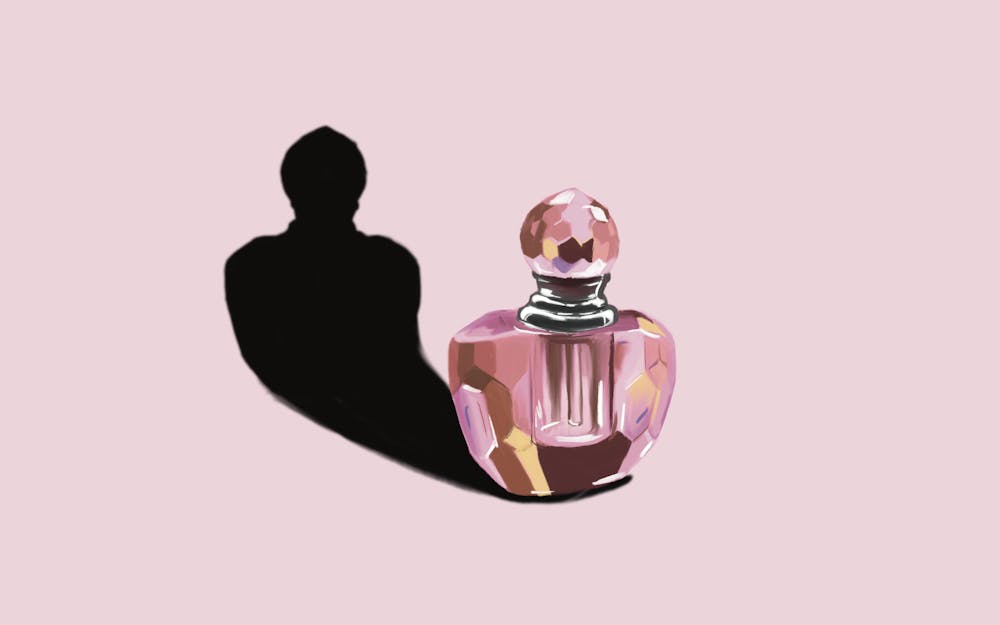Editor’s Note: This story includes mention of potentially triggering situations, such as animal abuse.
I have been an avid user of cosmetics since the age of 10, when I would scour through my mother’s cosmetics trying to test different products on my face. Growing up, I was oblivious to the dark side of cosmetic testing that involved animal testing as a vital stage in releasing new products. It was only recently that I was exposed to the horrendous practice of animal testing in this industry.
Products like lipsticks and mascaras, which used to be the two products I used the most, are tested on mice, rabbits and guinea pigs to check their toxicity and ensure safety for human skin. Large amounts of cosmetic products are smothered on shaved guinea pigs to observe them and test them for any possible allergic reactions; furthermore, rats are forced to consume these products, with potential toxic compounds that can harm and possibly kill these animals. Learning about this made the animal lover in me squirm at the thought of the pain these animals have to deal with.
The UN and governments across the world started becoming conscious about the severity of this global issue and have begun taking steps to prevent it.
However, across the various policies being established, a glaring issue is the lack of optimal coverage for all animals and the subsequent oversight caused due to this. However, the governing bodies tend to get too close to the researchers, leading to rules being bent and complacent behavior.
The inattentiveness displayed by governing bodies and extent to which animal testing for cosmetics has risen over the years creates an urgency to find alternatives to animal testing that can result in complete abandonment of the practice. The right against pain and distress should be applied to animals as well, making animal testing extremely unethical.
Several solutions, including the 3R’s, Reduction, Refinement, and Replacement, computer models, cells and curated lab grown cultures, have been proposed over the years for alternatives to animal testing. These must be adopted and actively enforced. Alternatives to animal testing have undergone several tests to examine their effectiveness with respect to cosmetics in particular and have been deemed worthy.
Furthermore, the alternatives to animal testing including computer simulations and lab grown cultures prove effective and mimic the human skin and reactivity to the cosmetic product better than animals in cases. This is because animal testing cannot accurately test the chemical toxicity of products for humans, and the inhumane testing conditions lead to extremely unreliable results. Cosmetic companies have been urged to adopt these alternatives to animal testing given the level of torture animals are put through in the process. A few companies successful in doing so are e.l.f., Milani, Tarte, among others.
Moving towards a more peaceful, harmless environment for animals and humans alike is imperative to end animal testing. As individuals of the 20th century, it is our duty to ensure that our actions continually strive towards creating a society which is not just ideal for humans, but also for the creatures we share this precious planet with. As a user of cosmetics, we must take a stance and actively abandon products and companies that still practice animal testing, and instead focus on promoting and endorsing animal cruelty free products that in no way harm any other creature on Earth. Publicly abandoning cosmetic brands that practice animal testing, switching to cruelty-free brands and urging friends and family to do the same are just a few ways we can try and make a difference.
Pehal Aashish Kothari is a freshman majoring in marketing with a minor in merchandising.






